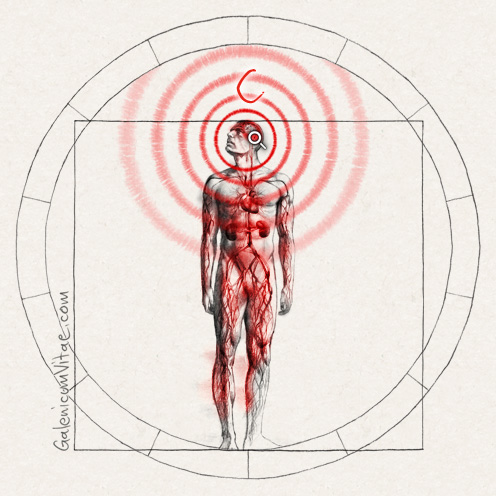A stroke is an acute manifestation that causes an alteration of the blood circulation in the brain. Consequently, brain cells die and a stroke occurs.
Risk factors. In adults, risk factors are age, hypertension, obesity, diabetes, cholesterol, tobacco and alcohol consumption, etc.
The more time that passes between when symptoms occur and diagnosis, the less likely it is that the stroke can be treated and the more likely permanent the effects are.
Treatment. The most effective treatments are only effective in the first hours. It is essential to alert emergency services as soon as possible and describe the symptoms.
A stroke is an acute manifestation that causes an alteration of the blood circulation in the brain. Consequently, brain cells die and a stroke occurs.
The different types of stroke are categorised based on the causes:
Haemorrhagic stroke: when arteries break, generally caused by increases in blood pressure or a previous malformation, and blood is dispersed through the brain. The most frequent malformations are aneurysms (pockets formed by the dilation of an artery’s walls at a specific point) and arteriovenous malformations.
Ischaemic stroke: occurs when the arrival of the blood to an area of the brain is altered due to a blockage in a cerebral or pre-cerebral artery. This causes the brain cells in the affected area to die from lack of oxygen (ischaemia).
This blockage can have various causes. It may be due to narrowing or blockage of arteries leading to the brain because cholesterol is deposited in the arterial wall. This process is known as atherosclerosis or atheroma. The blockage of a cerebral artery may also be due to a clot from another part of the body (for example, the heart, in which case it’s known as a cerebral embolism).
A transient stroke has the same symptoms, but it quickly disappears without effects. This doesn’t mean that it’s less important; on the contrary, the risk is high and must be addressed urgently.
Risk factors. In adults, in addition to age, risk factors include hypertension, heart rhythm disorders, obesity, diabetes, cholesterol, tobacco, alcohol, etc.
Symptoms appear suddenly:
- Weakness affecting one side of the body.
- Loss of vision in one eye or partial vision loss in both.
- Loss of speech or difficulty speaking.
- Weakness or paralysis on one side of the body or the face.
- Loss of sensation on one side of the body or the face.
- Instability, imbalance and inability to walk.
- Very intense and sudden headache, especially when appearing during physical exertion.
The more time that passes between when symptoms occur and diagnosis, the less likely it is that the stroke can be treated and the more likely permanent the effects are.
Treatment. The most effective treatments are only effective in the first hours. It is essential to alert emergency services as soon as possible and describe the symptoms.
For more information visit:
What is stroke?
http://www.stroke.org/understand-stroke/what-stroke
Stroke Risk Factors
http://www.strokeassociation.org/STROKEORG/AboutStroke/UnderstandingRisk/Understanding-Stroke-Risk_UCM_308539_SubHomePage.jsp
Spot a stroke - FAST
http://www.strokeassociation.org/STROKEORG/WarningSigns/Stroke-Warning-Signs-and-Symptoms_UCM_308528_SubHomePage.jsp

 Digestive
Digestive  Blood
Blood Cardiovascular
Cardiovascular Dermatology
Dermatology Genitourinary,
Genitourinary, Hormones
Hormones Infections
Infections Oncology and
Oncology and Musculo-skeletal
Musculo-skeletal Mental health and
Mental health and Parasites
Parasites Respiratory
Respiratory Senses
Senses Various
Various




